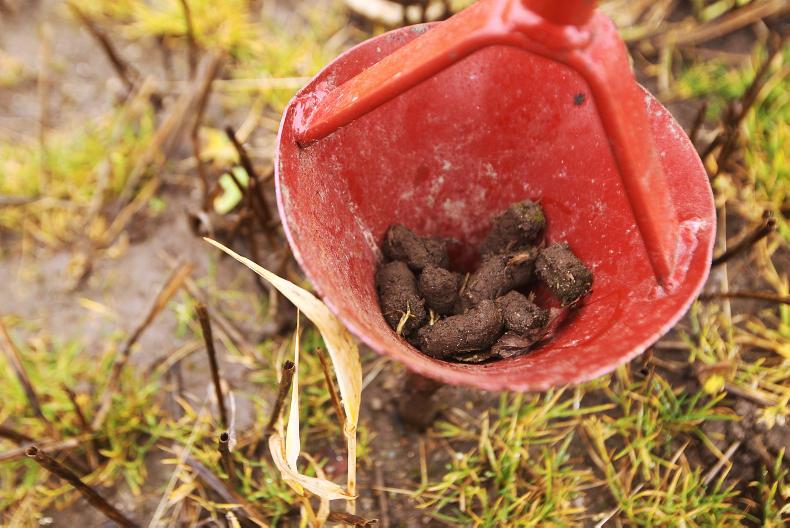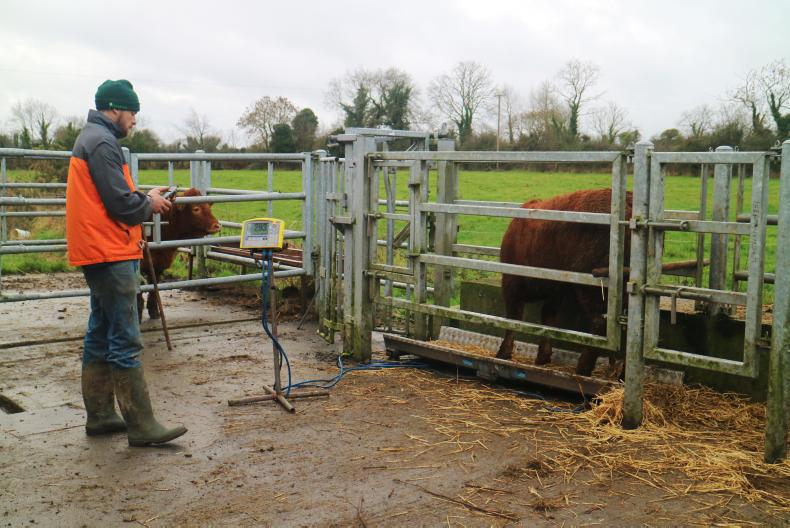The end of the year is upon us and as always, it provides a good opportunity to take a step back from the farm and review how things have gone in 2017.
Fodder, slurry and beef prices will have been at the forefront of farmers’ minds during the second half of the year.
But as 2018 gets under way, there is a good opportunity to make changes to your farm business that will deliver real benefits in the months and years ahead.
Set yourself a few challenges and issues to address for 2018. These can be as simple as:
Farmers often say if they knew what it cost to produce beef, they would quit. There is some merit to this statement. Taking the time to know where money is being lost, and gained, is worth doing.
If something is not paying, then change your set-up, production system or cow type to something you can make work.
This could be moving from selling weanlings to finishing cattle, buying in stores, rearing calves or contract rearing cattle for others.
Complete a profit monitor in January and then consider what the most profitable system for your farm is.
While no one can control the weather, you will not grow more grass if soil fertility is low. Get soil samples carried out in early spring on a percentage of the farm and repeat annually.
If your soils are lacking in lime, phosphate (P) or potash (K), then you are wasting money by repeatedly buying CAN.

Lime will be the cheapest fertiliser you will ever buy. After the wet summer and autumn, swards will need P and K to help recover from any damage that occurred from grazing stock.
Applying sulphur added fertilisers can also be of benefit if swards are repeatedly low yielding.
Beef farmers get paid on one thing, the kilos of liveweight they sell down the lane. There is no point waiting until cattle are sold to see if weights are up or down on the previous year.
Trying to compare cattle performance from one year to the next, by visual assessment, is not efficient farming.
More often than not, your estimated weight will be at least 30kg to 40kg out. Take a group of 30 steers grazing from spring through to autumn before selling in the mart.
Cattle can appear healthy, but weight gains could be 0.2kg/day below target of 1kg/day. Your eye will not pick this up, but a weigh bridge will.

Over a 200 day grazing season, there is 1,200kg of liveweight less to sell across the group of steers. At a sale value of €2.20/kg, this amounts to a loss of £2,640 – more than enough to buy a weighbridge.
Regular weighing will focus the mind on cattle performance and identify problems early. It can also prevent cattle from under-dosing for internal parasites due to inaccurate estimations on liveweight.
With a lack of fodder and many farms still carrying heavy covers of grass, the upcoming spring may be the year to try and start grazing earlier than normal.
Again, it will depend on weather and ground conditions.
But there may be an opportunity to get some lighter cattle to grass early this spring. Early turnout does not mean letting every beast out to grass on the same day.
Start with four or five light yearlings and leave them for a few days to settle. Gradually add a few extra cattle as spring progresses.
If they have to be re-housed, you are no worse off. At least it will have saved on the need to buy in low quality fodder.
Calving cows for more than three months at a time is a drain on farms, both in terms of labour and lost income from lighter calves next autumn.
Make 2018 the year you start to tighten up the calving pattern. Start by removing the stock bull two to three weeks earlier than last year.
Look at your options for the two or three cows that repeatedly calve at the end of the calving period each year. Are they old cows, problematic cows or poor performers?
If so, you would be better off selling them as a cow and calf unit just after calving and focus on the productive cows in the herd.